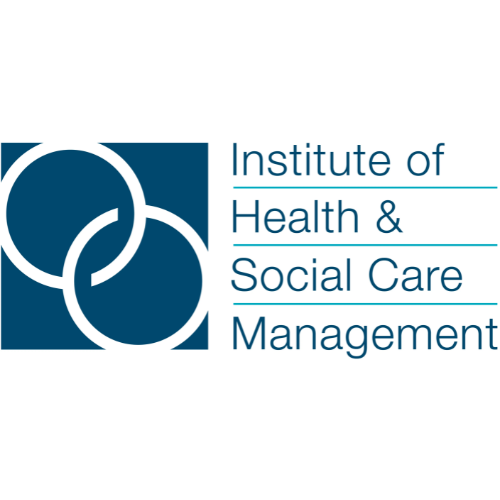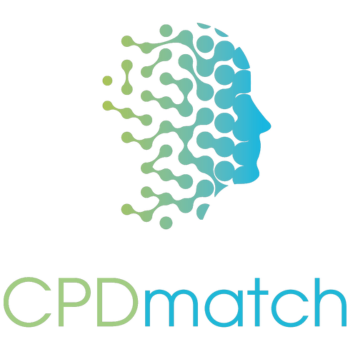
Bridging Health Inequalities: The Role of HealthPathways
In a world where health disparities persist, the need to address health inequalities is more pressing than ever. HealthPathways, a collaborative approach to healthcare delivery, offers a promising solution to bridge the gap in healthcare access and outcomes. By guiding healthcare providers towards best practices and streamlined care pathways, HealthPathways plays a crucial role in improving health equity and reducing disparities among populations.
Health inequalities refer to differences in health status or in the distribution of health determinants between different population groups. These disparities can arise from various factors such as socioeconomic status, education, race, gender, and geographic location. The consequences of health inequalities are profound, leading to unequal access to healthcare services, poorer health outcomes, and increased burden on individuals and communities.
HealthPathways, a program initially developed in New Zealand, has gained traction globally as a tool to enhance healthcare delivery efficiency and effectiveness. It provides primary care clinicians with evidence-based guidelines and local referral pathways, ensuring that patients receive timely and appropriate care. By standardizing practices and promoting collaboration among healthcare providers, HealthPathways helps reduce variations in care quality and facilitates equitable access to services.
One of the key strengths of HealthPathways is its ability to address the specific needs of underserved populations. By tailoring care pathways to target high-risk groups or communities facing health disparities, HealthPathways can help mitigate the impact of social determinants of health on health outcomes. For example, by focusing on preventive care and early intervention strategies, HealthPathways can reduce the incidence of chronic diseases in vulnerable populations and improve overall health outcomes.
Furthermore, HealthPathways can serve as a platform for integrating social services with healthcare delivery, addressing the broader determinants of health that contribute to inequalities. By connecting healthcare providers with community resources and support services, HealthPathways can empower individuals to address the social, economic, and environmental factors that impact their health. This holistic approach not only improves individual health but also contributes to building healthier and more resilient communities.
In conclusion, HealthPathways represents a valuable tool in the fight against health inequalities. By promoting evidence-based practices, standardizing care pathways, and fostering collaboration among healthcare providers, HealthPathways can help level the playing field in healthcare access and outcomes. As we strive for a more equitable healthcare system, embracing innovative approaches like HealthPathways is essential to ensure that all individuals have the opportunity to achieve optimal health and well-being.
Title: Bridging Health Inequalities: The Role of HealthPathways
In a world where health disparities persist, the need to address health inequalities is more pressing than ever. HealthPathways, a collaborative approach to healthcare delivery, offers a promising solution to bridge the gap in healthcare access and outcomes. By guiding healthcare providers towards best practices and streamlined care pathways, HealthPathways plays a crucial role in improving health equity and reducing disparities among populations.
Health inequalities refer to differences in health status or in the distribution of health determinants between different population groups. These disparities can arise from various factors such as socioeconomic status, education, race, gender, and geographic location. The consequences of health inequalities are profound, leading to unequal access to healthcare services, poorer health outcomes, and increased burden on individuals and communities.
HealthPathways, a program initially developed in New Zealand, has gained traction globally as a tool to enhance healthcare delivery efficiency and effectiveness. It provides primary care clinicians with evidence-based guidelines and local referral pathways, ensuring that patients receive timely and appropriate care. By standardizing practices and promoting collaboration among healthcare providers, HealthPathways helps reduce variations in care quality and facilitates equitable access to services.
One of the key strengths of HealthPathways is its ability to address the specific needs of underserved populations. By tailoring care pathways to target high-risk groups or communities facing health disparities, HealthPathways can help mitigate the impact of social determinants of health on health outcomes. For example, by focusing on preventive care and early intervention strategies, HealthPathways can reduce the incidence of chronic diseases in vulnerable populations and improve overall health outcomes.
Furthermore, HealthPathways can serve as a platform for integrating social services with healthcare delivery, addressing the broader determinants of health that contribute to inequalities. By connecting healthcare providers with community resources and support services, HealthPathways can empower individuals to address the social, economic, and environmental factors that impact their health. This holistic approach not only improves individual health but also contributes to building healthier and more resilient communities.
In conclusion, HealthPathways represents a valuable tool in the fight against health inequalities. By promoting evidence-based practices, standardizing care pathways, and fostering collaboration among healthcare providers, HealthPathways can help level the playing field in healthcare access and outcomes. As we strive for a more equitable healthcare system, embracing innovative approaches like HealthPathways is essential to ensure that all individuals have the opportunity to achieve optimal health and well-being.
5 steps to improving health inequalities with HealthPathways
1. **Improved Access to Care:** HealthPathways can streamline the referral process, ensuring that patients from underserved communities are connected to appropriate healthcare services in a timely manner. This can help reduce disparities in access to care based on factors like geographic location or socioeconomic status.
2. **Standardized Care Practices:** By providing evidence-based guidelines and best practices, HealthPathways helps ensure that all patients receive consistent, high-quality care regardless of where they seek treatment. This can help reduce variations in care quality that may contribute to health inequalities.
3. **Focus on Preventive Care:** HealthPathways can prioritize preventive care measures, such as screenings and vaccinations, in underserved populations. By promoting early intervention and health maintenance, HealthPathways can help prevent the development of chronic conditions that disproportionately affect disadvantaged communities.
4. **Integration of Social Services:** HealthPathways can facilitate collaboration between healthcare providers and social service agencies to address social determinants of health, such as housing insecurity or food insecurity. By connecting patients to resources that address these underlying factors, HealthPathways can help improve health outcomes and reduce disparities.
5. **Targeted Interventions:** HealthPathways can develop care pathways tailored to specific high-risk populations, such as racial or ethnic minorities, refugees, or individuals with disabilities. By addressing the unique healthcare needs of these groups, HealthPathways can help reduce disparities in health outcomes and ensure that all patients receive culturally competent care.
By implementing these strategies and leveraging the collaborative nature of HealthPathways, healthcare systems can make significant strides in reducing health inequalities and promoting health equity for all individuals.
Authors
Dr Jon Tose
Clinical Lead- Pathways Alliance
Dr Helen Liley
Clinical Editor- Auckland























